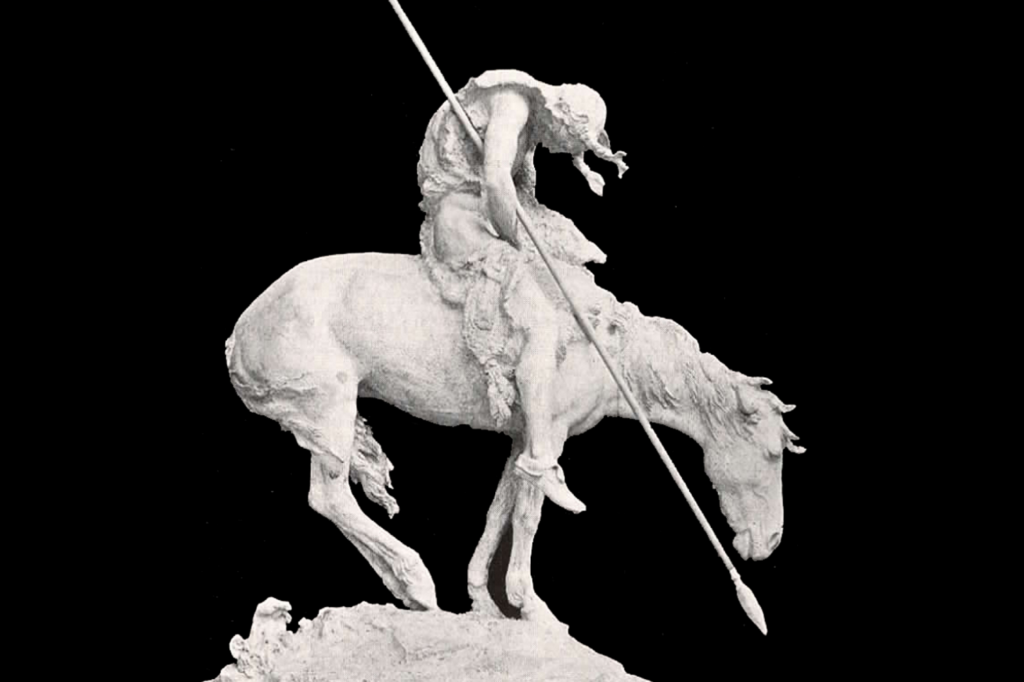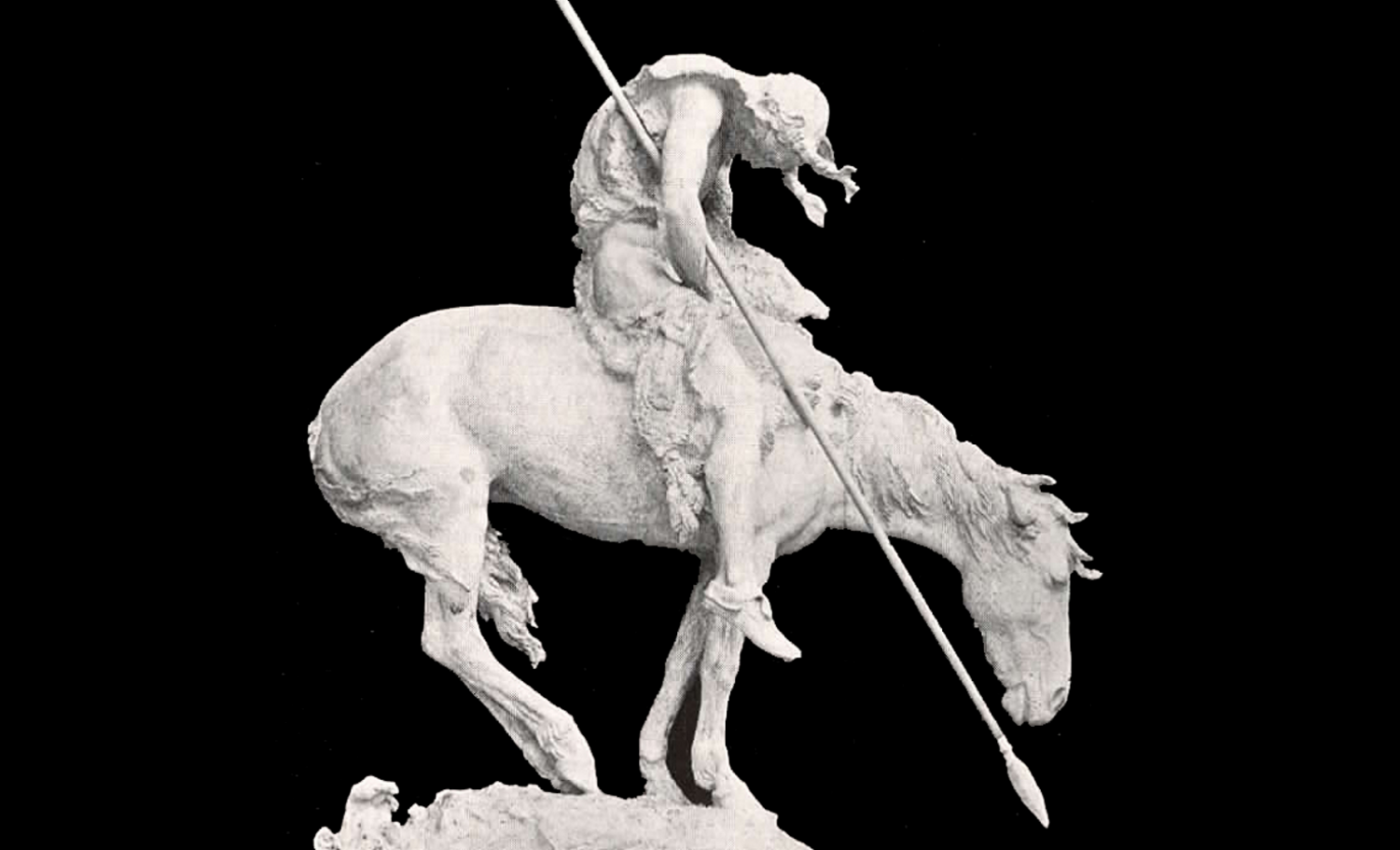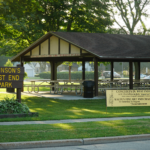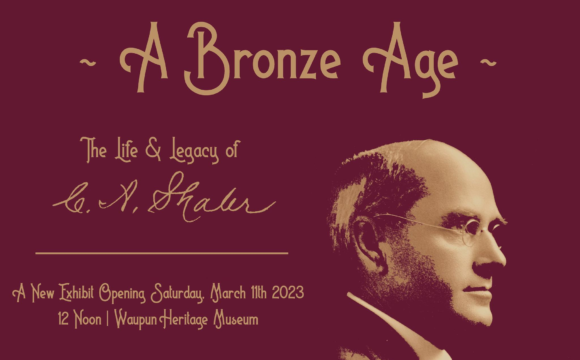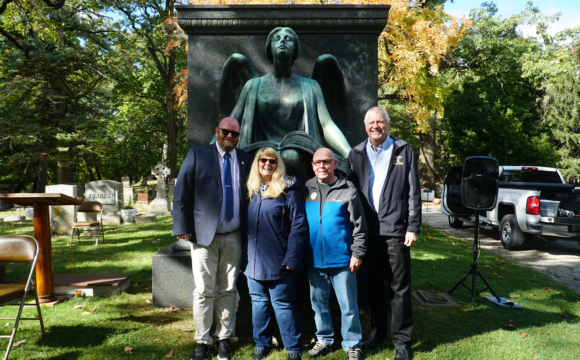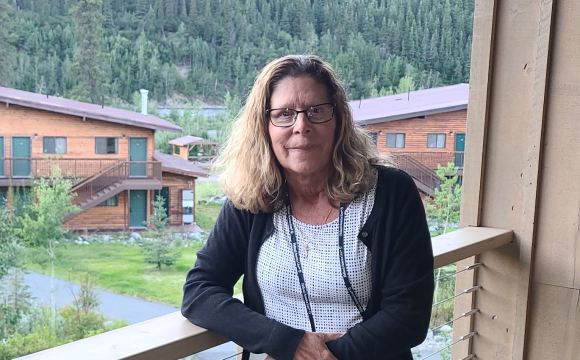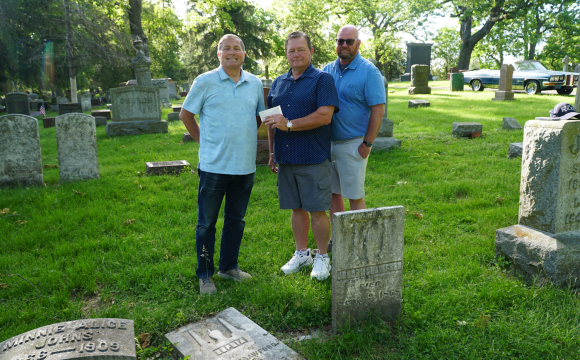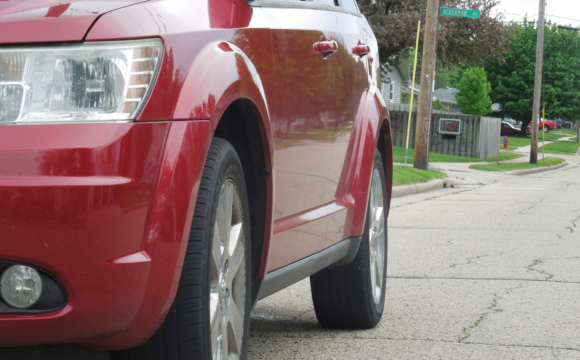Everyone from Waupun knows about the End of the Trail’s place in Shaler Park and the great imagery it creates. After all, ever since it was first unveiled the End of the Trail has been an internationally recognized symbol of the plight of Native Americans, and since it was brought to Waupun has been one of the community’s greatest cultural assets. Most know it was a gift from Clarence Shaler, but many don’t know the full story behind how it came to our community. It all started over a century ago in the later days of the Old West.
In the 1880s a man named James Earle Fraser grew up in a frontier community on the Dakota Territory. Fraser often interacted with the Native American tribes who lived on Reservations in the area, even though they generally kept to themselves. Fraser recounted in his memoirs that while living as a child in the Dakota Territory he once heard a trapper say, “the Indians will someday be pushed into the Pacific Ocean.” Fraser viewed this as a defining moment of his life, and it was the primary inspiration to carve the End of the Trail in 1894, recounting, “the idea occurred to me of making an Indian which represented his race reaching the end of the trail, at the edge of the Pacific.” But it would be many years before Fraser was able to show his creation to the world.
It was at the 1915 Panama-Pacific International Exposition in San Francisco that Fraser finally unveiled a heroic sized plaster cast of the End of the Trail. Waupun Industrialist Clarence Shaler attended the Panama-Pacific Exposition and was fascinated by Fraser’s work, visiting the statue each day of the Expo. Shaler empathized with Fraser’s childhood experiences, having known local Native Americans growing up in Green Lake County at the turn of the century. He never forgot about the statue, and upon hearing of the deterioration of the plaster cast, it influenced him to commission a bronze copy to display in Waupun. Fraser, who desired to cast a full bronze statue but lacked the funds, jumped at the opportunity and took many years to perfect Shaler’s commission.
The End of the Trail was finally brought to Waupun in May of 1929, and a grand acceptance was to be held in its honor. On June 23, 1929 the statue was presented in memory of those driven out by the European settlers, and the ceremony was attended by some members of Native American tribes, among those named in the records were Yellow Thunder, who accepted the statue in the name of Native Americans, and Silver Tongue, who participated in the songs during the ceremony. In 1964 Waupun held its 125th anniversary since its foundation in 1839, which was attended by the original model for the statue, Chief John Big Tree. Photographs of Chief Big Tree can be found in the museum posing with the statue at this very event.
Ever since the End of the Trail was placed in Waupun, it has become a cultural centerpiece of the community. As an internationally recognized symbol of Native American heritage, Waupun should be proud of it being in our community and make sure everyone far and wide knows it’s here.
The End of the Trail is the number one symbol of Waupun’s heritage as the “City of Sculpture” and as long as it’s here it should remain front and center.
